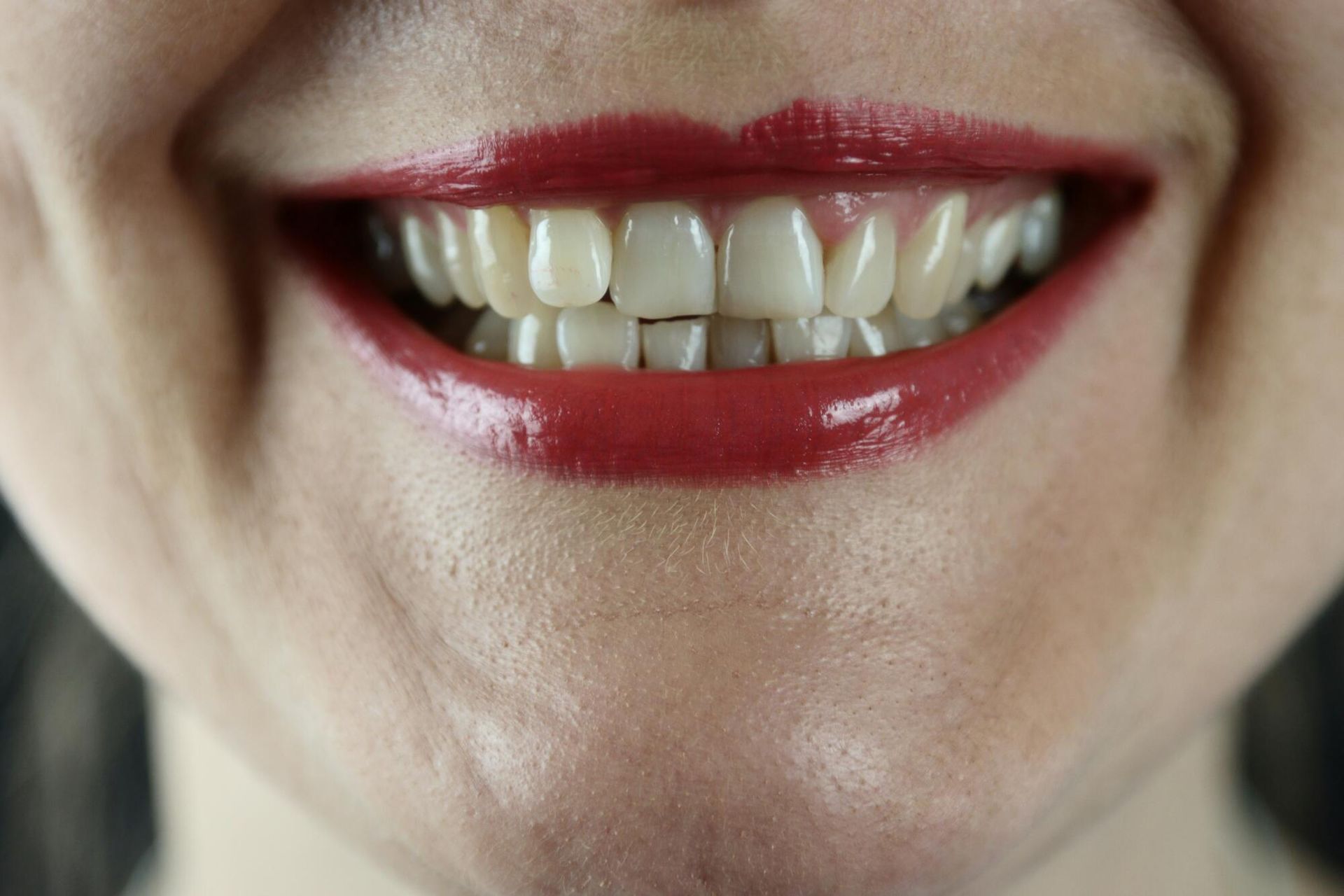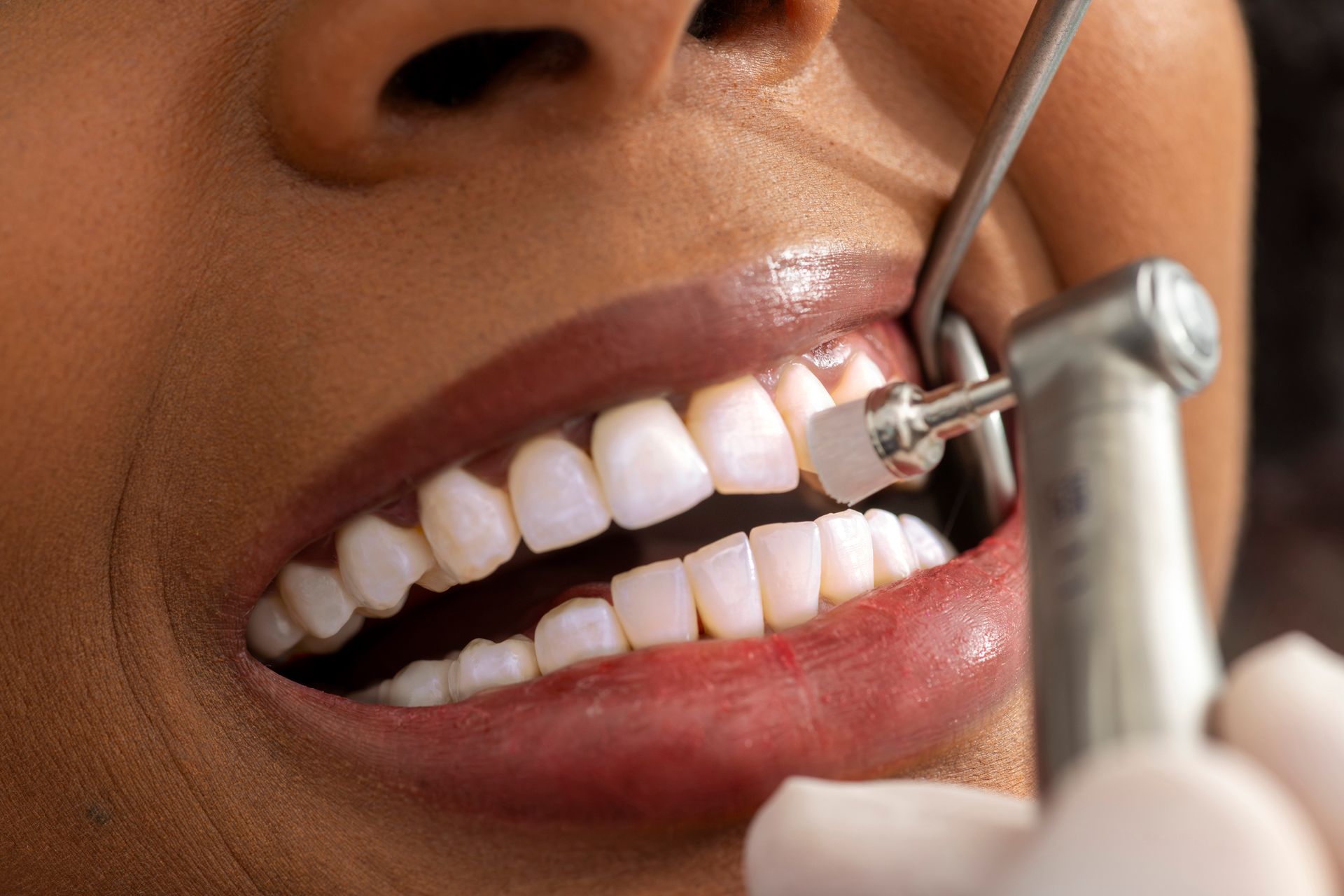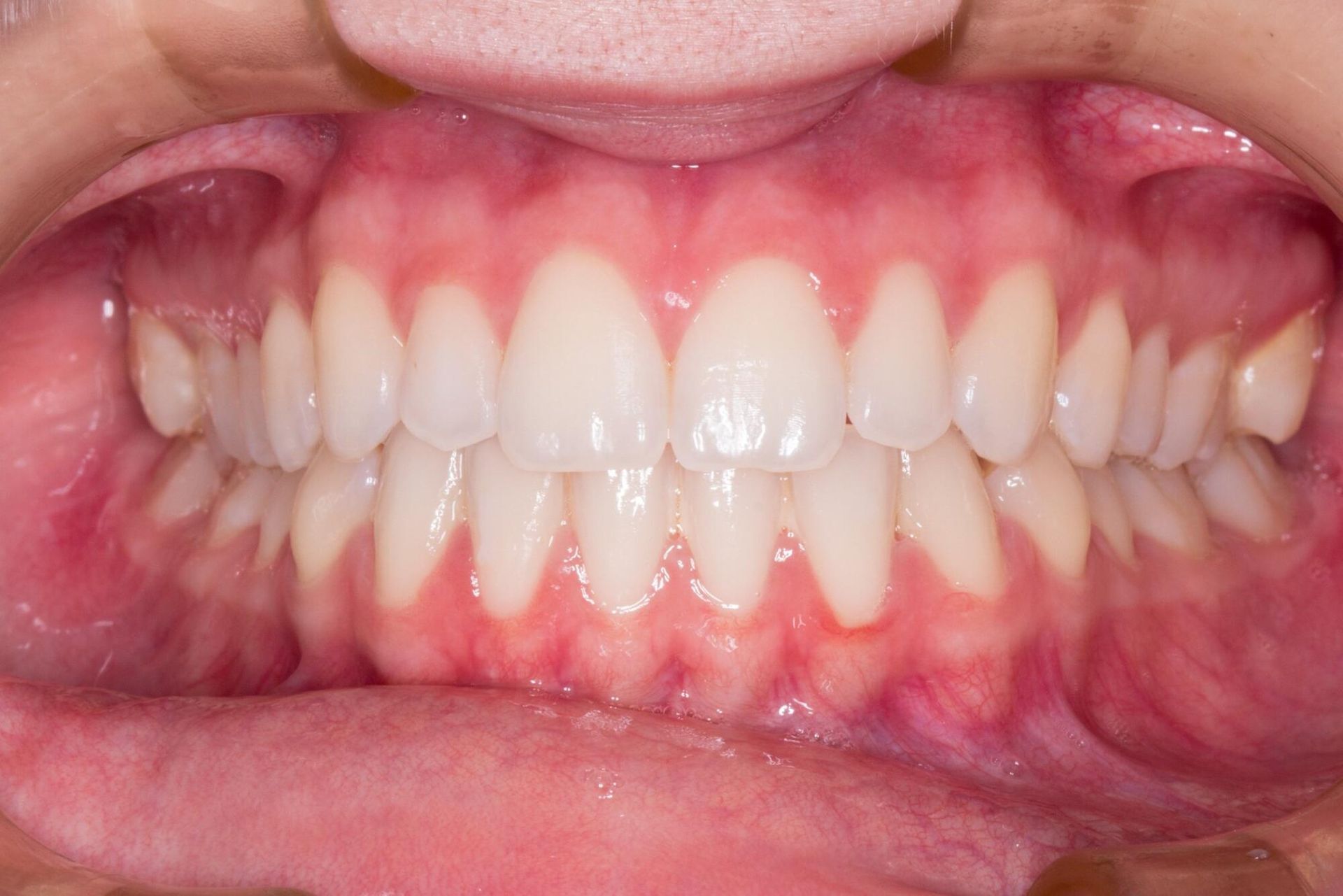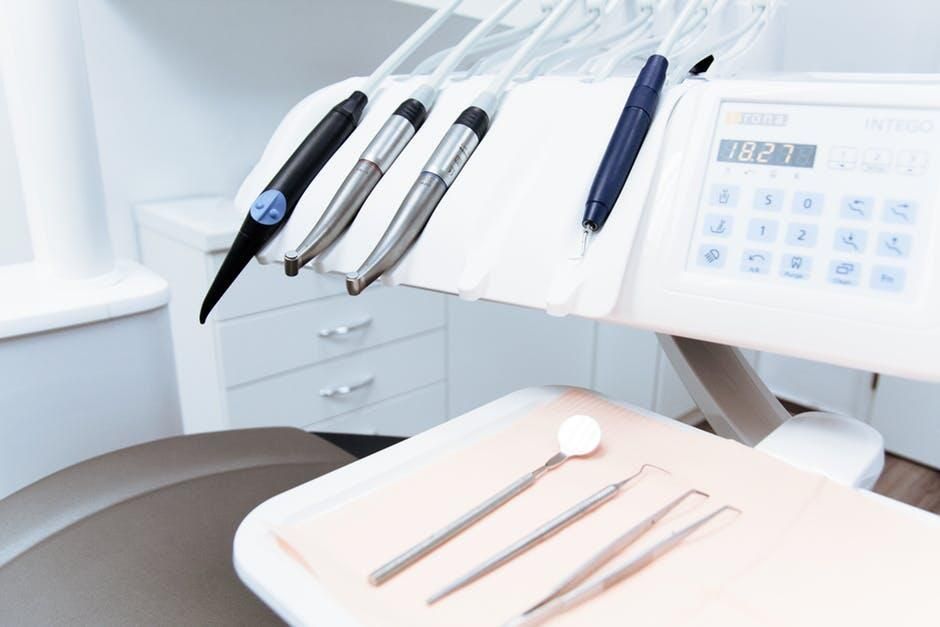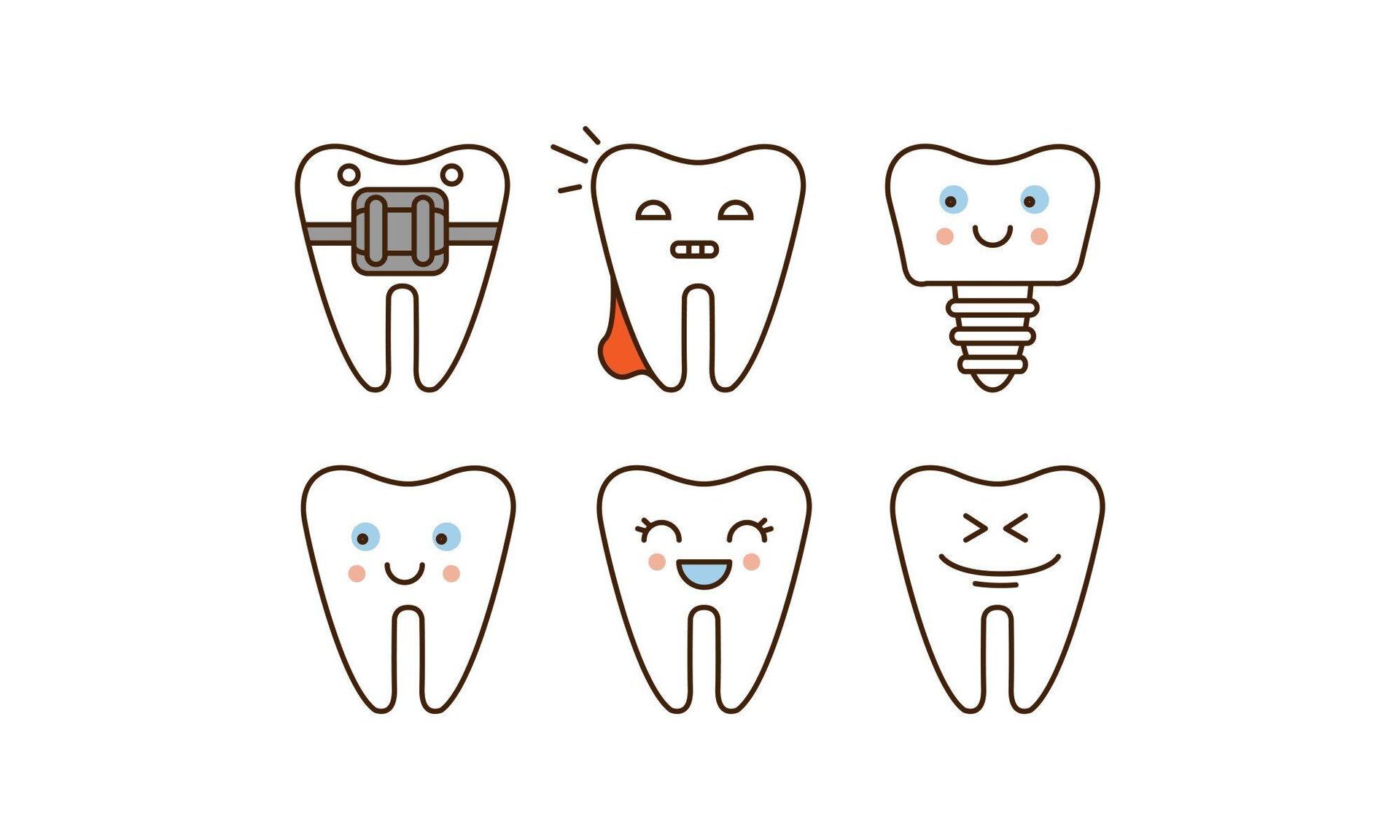Our teeth are designed to last for a long time, but they may get damaged because of several factors, such as decay. When you have minor tooth decay, the dentist usually uses other forms of treatments like fillings. A root canal can also be done when you have severe decay that extends to the pulp. However, when you have severe dental decay that has damaged your teeth beyond repair, the dentist will recommend a tooth extraction.
What is Tooth Extraction?
Tooth extraction is the removal of permanent teeth damaged because of decay or other issues. Extraction is a surgical procedure that is done in two ways. It can either be simple or surgical extraction.
A simple extraction involves the removal of visible teeth. The process is done in 15 to 20 minutes. Surgical extraction, on the other hand, is done on the teeth that lie beneath the gums.
When is Extraction Done?
The dentist can recommend tooth extraction near you if you have:
- Severely decayed teeth. Bacterial infection can damage the pulp and cause the teeth to develop holes. Decayed teeth can cause severe pain and also damage the jaw. Furthermore, leaving the tooth unattended can cause the infection to spread. Tooth extraction is done to remove these severely damaged teeth.
- Impacted teeth. Impacted or entrapped teeth lie beneath the gums. The wisdom teeth are most often affected because there is usually not enough space in the jaw when they come out. These teeth can emerge partially or impacted. This causes pain and swelling, as well as weakening the teeth in some cases. The dentist will perform wisdom teeth removal in Pasadena to alleviate the pain and restore your smile.
- Overcrowded teeth. The teeth can get crowded when you have narrow jaws. This causes the teeth to come out on top of the others, creating an unattractive sight. Furthermore, they can make it hard for you to clean your teeth. Tooth extraction is done to remove the excess teeth and make room for orthodontic treatment.
- The dentist can also recommend wisdom tooth removal for patients at risk of infection. If you have compromised immunity, a tooth infection could put you at risk. Your teeth can be removed if they are prone to cavities to preserve your health.
- Tooth removal may also be done if the primary teeth have not yet come out.
How is the Process Done?
A dentist or oral surgeon may perform the extraction. Before pulling the teeth, the dentist will first give you local anesthesia to numb the area. At times, sedation may also be used to calm and relax you before the procedure if you have dental phobia.
For simple extractions, the dentist will use an elevator to loosen the teeth and pull them out. A surgical extraction is performed by cutting the gums and the bone tissue. Using forceps, the dentist will grasp the tooth and pull it out gently. If the tooth is hard to pull, the dentist will remove it in pieces.
The gums may be stitched to facilitate healing.
What to Expect After the Teeth Are Removed?
After the teeth are removed, you can expect to feel pain as the anesthesia begins to wear out. You will also experience swelling 24 hours after the teeth are pulled.
You will have residual bleeding that clears out after a while, usually no more than four to six hours after the teeth are removed.
A blood clot will also form in the first couple of hours. This clot is important in the healing process.
How Long Does It Take for the Gums to Heal?
Healing of the gums will depend on the type of extraction done. Simple extraction takes 7 to 10 days to heal. It will take a couple of weeks for the soft tissues to heal after the surgical procedure.
You can, however, hasten the process with these tips:
- Take the medication as prescribed by the dentist.
- Use a gauze pad to control the bleeding.
- Don’t use a straw, rinse, or spit forcefully in the first 24 hours after the procedure to avoid dislodging the clot.
- Prop up your head with pillows when sleeping to reduce pain.
Schedule an Appointment
Visit Marconi Dental Aesthetics if you are looking for routine or wisdom teeth extractions near you.
